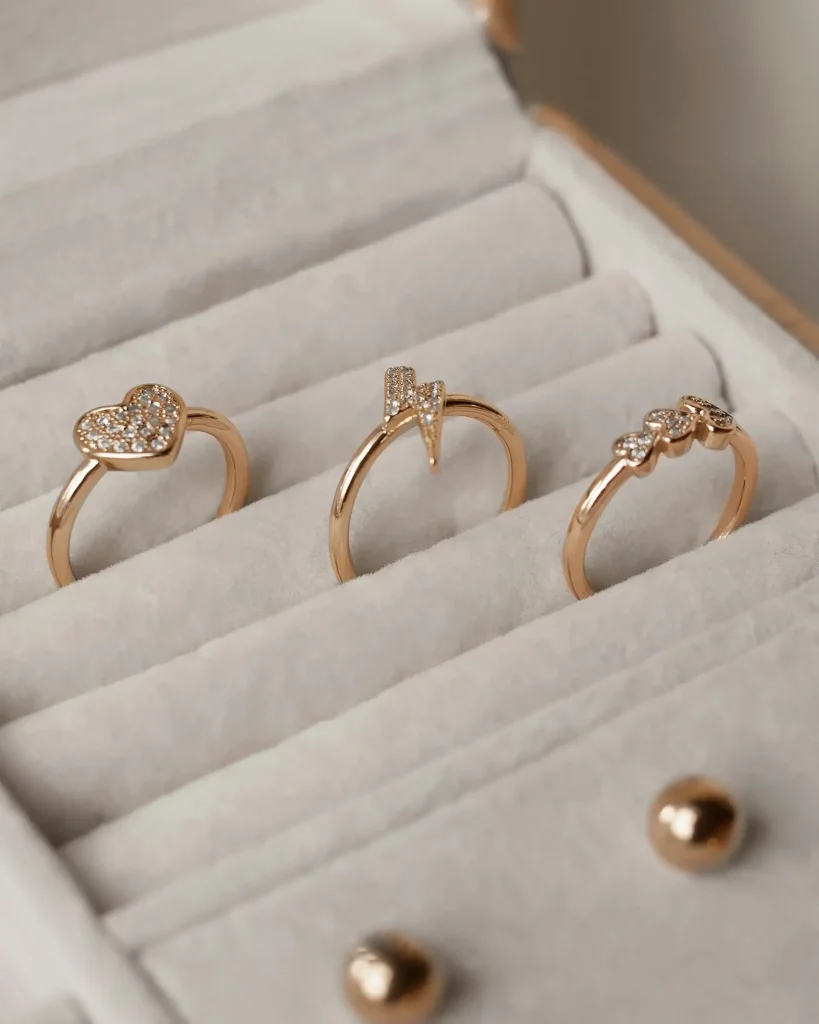The Ultimate Guide
Diamonds are one of nature’s most fascinating and treasured creations. Known for their brilliance, durability, and symbolism, diamonds have captured human attention for centuries. But what exactly is a diamond? In this article, we’ll explore the science, origin, formation, and cultural importance of diamonds—from Earth to jewellery store.
What Exactly Is a Diamond?
A diamond is a crystal composed entirely of carbon atoms, arranged in a specific cubic structure. This atomic arrangement is what gives diamonds their incredible hardness—making them the hardest natural material on Earth (10 on the Mohs hardness scale).
Diamonds are classified as a precious gemstone and are highly valued for their brilliance, rarity, and durability. While most diamonds are transparent and colorless, they can also appear in hues like yellow, pink, blue, and even green—known as fancy colored diamonds.
How Are Diamonds Formed?
Natural diamonds form under extreme heat and pressure deep within the Earth’s mantle, about 140–190 kilometers (87–118 miles) below the surface. The carbon atoms are compressed into their unique crystalline form over the course of 1 to 3 billion years.
Volcanic eruptions push these diamonds closer to the surface through kimberlite and lamproite pipes—vertical rock formations that act as geological expressways.
Key Conditions for Natural Diamond Formation:
- High temperature: 900–1,300°C (1,650–2,370°F)
- High pressure: 45–60 kilobars (equivalent to 45,000–60,000 times atmospheric pressure)
- Pure carbon source
- Billions of years of time
Source: Gemological Institute of America (GIA) — gia.edu
Where Are Diamonds Found?
Today, natural diamonds are mined in over 30 countries, but the top producers include:
- Russia – The world’s largest producer by volume
- Botswana – Known for high-quality diamonds
- Canada – Ethical and eco-conscious diamond mining
- Australia – Famous for pink and colored diamonds
- South Africa – Home to the historic Cullinan diamond
In addition to natural sources, diamonds can now be created in labs. These lab-grown diamonds are chemically identical to natural ones and are created using advanced technologies like HPHT and CVD.
Who Discovered Diamonds?
Diamonds have been known and treasured for thousands of years. The earliest records of diamond use trace back to India around the 4th century BCE, where they were collected from rivers and traded along the Silk Road.
European awareness of diamonds surged during the Middle Ages, and by the 1400s, they had become symbols of royalty and power. The modern diamond industry began in the 1800s with discoveries in South Africa, which led to large-scale mining and global demand.
Why Are Diamonds So Valuable?
Diamonds are valued based on the famous 4Cs: Cut, Color, Clarity, and Carat Weight. Rarity, symbolism, and emotional significance also play major roles in pricing.
Factors That Influence Value:
- Rarity – Especially in natural, flawless, or colored diamonds
- Brilliance – A well-cut diamond reflects light beautifully
- Durability – Ideal for daily wear, especially in engagement rings
- Emotional & Cultural Value – Often seen as symbols of love, commitment, and prestige
How Are Diamonds Used?
While diamonds are most famously used in jewellery, they also serve practical purposes:
- Jewellery – Engagement rings, necklaces, earrings, bracelets
- Industry – Drill bits, saw blades, cutting and grinding tools
- Technology – Semiconductors and quantum computing research
Discover the Beauty of Diamonds at DIAMÁNTI
At DIAMÁNTI, we celebrate the journey of every diamond—whether it took billions of years in the Earth or weeks in a high-tech lab. Browse our hand-picked collection of featured diamond jewellery to find your perfect piece today.
Need help choosing a diamond? Our experts are here to guide you.
